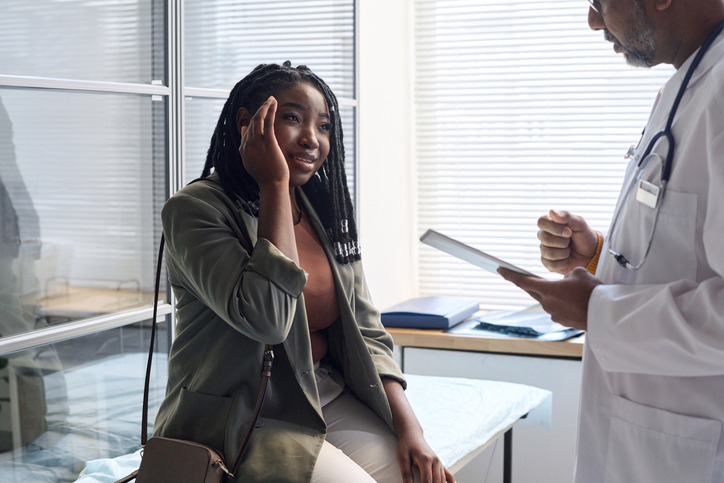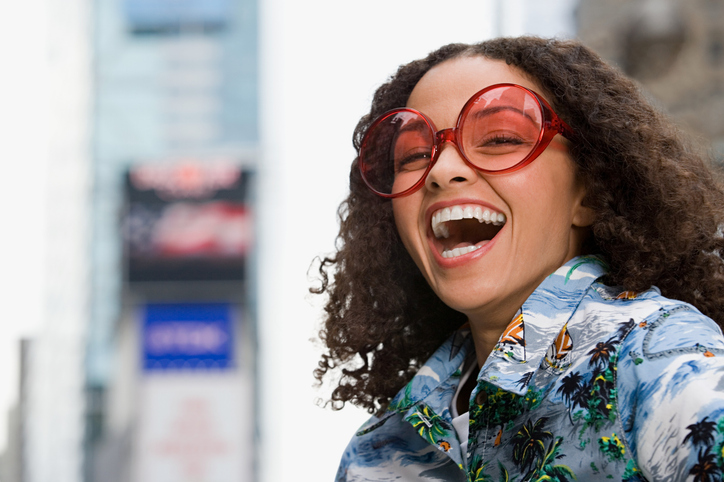Migraines can be more than just a bad headache. They can derail an entire day, leaving you grappling with intense pain, nausea, and a debilitating sensitivity to light. For the 28 million women in the U.S. who regularly suffer from migraines, finding any form of relief can feel like a lifeline. One emerging solution gaining attention in recent years is migraine glasses. But are these glasses truly effective, or are they just another health product promising more than it can deliver?

First, migraines disproportionately affect women
According to the Migraine Research Foundation, approximately 85% of chronic migraine sufferers are female. It's estimated that one in five women will experience migraines in their lifetime, compared to only one in sixteen men. This disparity is largely linked to hormonal changes, particularly fluctuations in estrogen, which can trigger migraines in women — especially during menstruation, pregnancy, or menopause. Women are also more likely to experience migraines triggered by stress, bright lights, or specific foods, making effective solutions all the more critical.
Migraine glasses: An encouraging solution?
Migraine glasses, also known as precision-tinted lenses or FL-41 glasses, are designed to reduce the frequency and severity of migraines. These specialized glasses often have a subtle pink tint and claim to filter out certain wavelengths of light that can trigger or exacerbate migraines. But what’s the science behind this, and do they really work?

What the research says
Specific types of light — especially blue light from digital screens, fluorescent lights, and bright sunlight — can be particularly troublesome for migraine sufferers, according to research. Exposure to certain light wavelengths can trigger a migraine attack or intensify symptoms like throbbing pain and light sensitivity. The tint in migraine glasses aims to block these problematic light waves while allowing non-triggering light to pass through, offering a potential buffer for those prone to migraines.
One study published in the journal Cephalalgia found that precision-tinted lenses helped reduce migraine frequency for some participants. However, it's important to keep in mind that the effects can vary from person to person.
Other important considerations
Not all migraine glasses are created equal, and the specific tint can make a big difference. It's crucial to choose a reputable brand and understand the science behind the lenses. Some companies offer at-home trials, so consumers can test the lenses in real-life situations before committing to a purchase.
Another factor to consider when deciding whether to try migraine glasses is cost. High-quality migraine glasses can be expensive, often running between $100 and $200. Unfortunately, they're not typically covered by insurance, but for those who experience regular migraines and find the glasses effective, the cost might be worth the relief they provide.

Migraine glasses can help, but they’re not a cure-all
While migraine glasses can be beneficial, particularly for those who experience migraines triggered by light sensitivity, they don’t address the root causes of migraines. For women, potential triggers can include hormonal changes, stress, and dietary factors, and a comprehensive approach is needed to identify and address these underlying causes.
Working closely with a healthcare provider can help pinpoint these triggers and develop a personalized strategy that goes well beyond symptom management. For many women, migraine glasses are just one piece of a larger migraine management plan that might also include medications, dietary changes, stress reduction techniques, and more.
So, should you try migraine glasses?
Everyone's experience with migraines is different, and finding the right combination of treatments often requires patience and experimentation. While migraine glasses aren’t a magic bullet, they could provide you with much-needed relief. If you suffer from light-sensitive migraines, it doesn’t hurt to give them a try — you never know, they might offer a reprieve from pain. And what migraine sufferer doesn’t want that?
Kristyn Hodgdon is the Co-Founder and Chief Creative Officer at Rescripted.












.webp)



.png)

